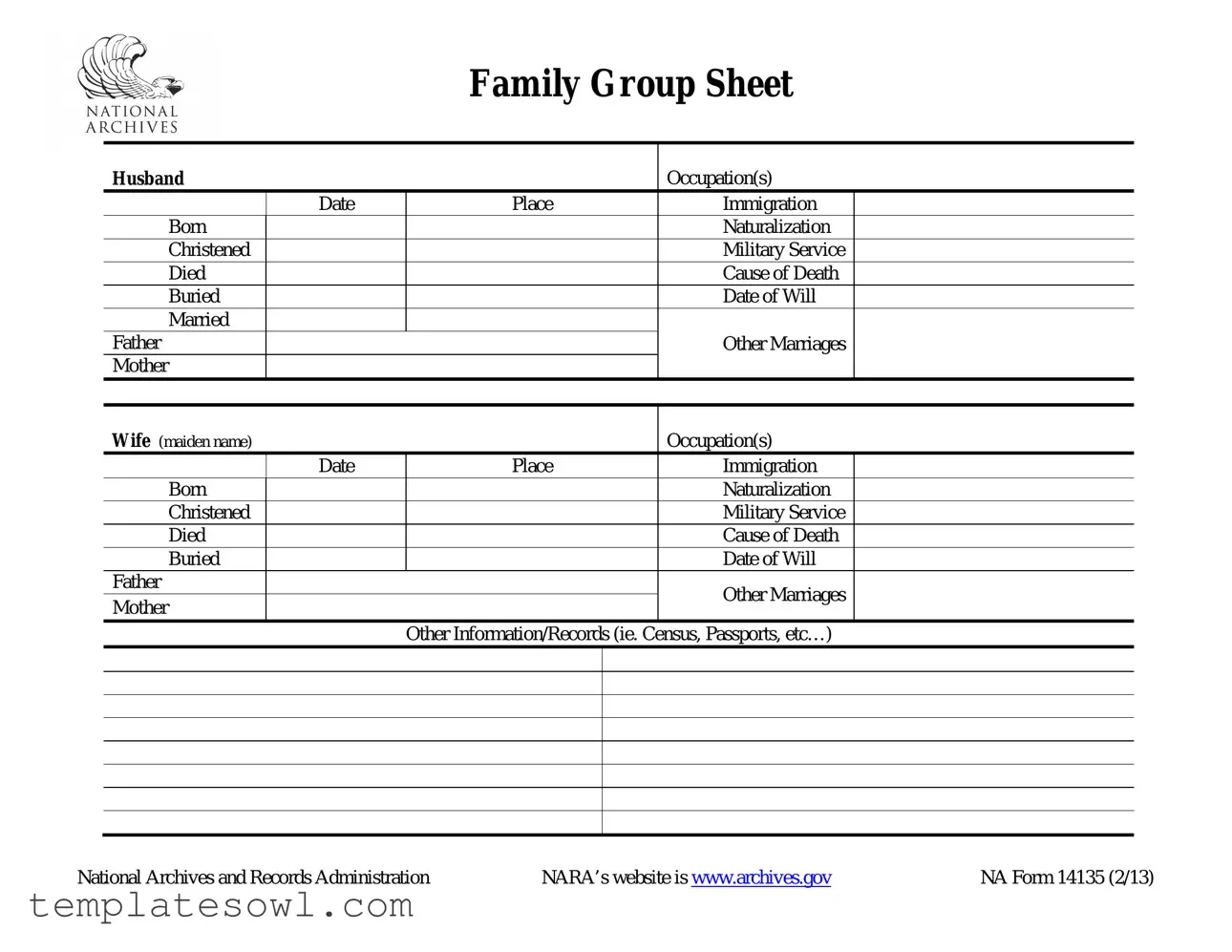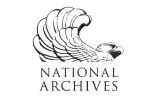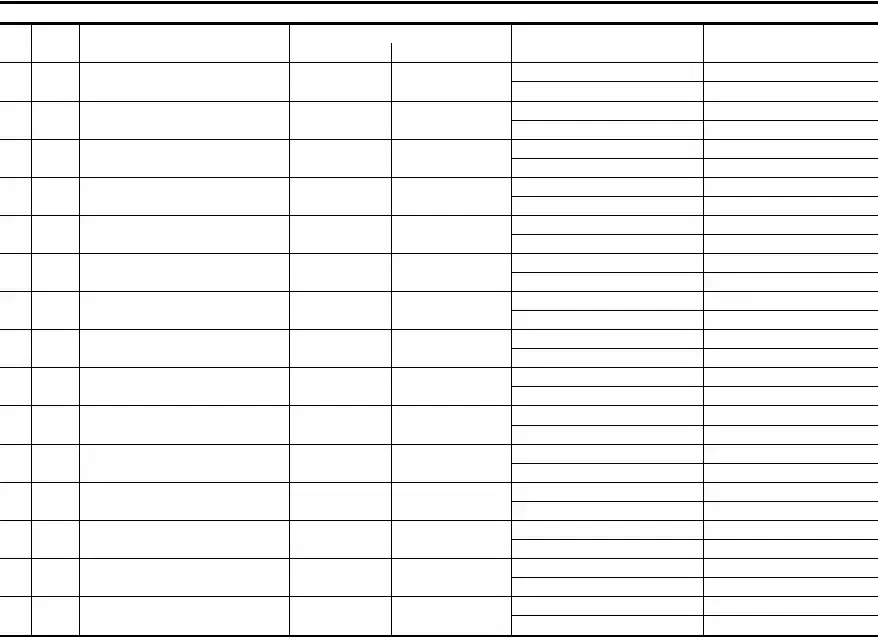What is the Family Tree form?
The Family Tree form, often referred to as the Family Group Sheet, is a tool used to document and organize important details about a family’s lineage. It allows individuals to capture pertinent information about family members, including their dates of birth, marriages, occupations, and other life events, in a structured format.
Who should fill out the Family Tree form?
Anyone interested in documenting their family history can use the Family Tree form. It is particularly useful for genealogists, family historians, or individuals conducting research into their ancestry. Filling out this form can help keep track of family connections and create a clearer picture of one’s heritage.
What information is required on the Family Tree form?
The form asks for detailed information about each family member, including names, dates of birth, dates of marriage, occupations, and places of significant life events like immigration and naturalization. Additionally, it may include fields for recording military service, cause of death, and burial details, among other data.
How do I identify direct ancestors on the form?
Direct ancestors are typically those from whom you are descended without interruption. In the Family Tree form, these individuals are marked with an asterisk (*). This includes your parents, grandparents, and so on. Understanding this can help you focus on the most important relationships in your genealogy research.
Can I include additional information or records?
Yes, the Family Tree form allows space for additional information and records. This can include details such as census data, passport information, and other relevant documents that can enrich your family history. Including this information can make your research more robust and comprehensive.
Where can I access the Family Tree form?
The Family Tree form is part of a series of resources provided by the National Archives and Records Administration (NARA). You can visit their official website at www.archives.gov to find this form and additional resources that may aid in your family history research.
How should I organize the information on the form?
Begin by filling out the information for each family member starting with yourself and then working your way up through your parents and grandparents. Ensure that details such as dates and places are accurate. Organizing the information chronologically can help you keep track of events and relationships clearly.
Is there a specific way to record names on the Family Tree form?
When recording names, it’s important to include both the first and last names. For women, including their maiden name is essential, as it helps identify family connections more accurately. Consistency in naming conventions will assist in avoiding confusion later on.
What if I don’t know all the information for a family member?
If you don’t have complete information for a family member, it is perfectly fine to leave those fields blank. You can always conduct further research to gather more details later. Documenting what you do know is a valuable starting point.
Can I use the Family Tree form for a family that has adopted members?
Absolutely! The Family Tree form can and should be used to include adopted family members. These individuals hold an important place in the family lineage, and their details can be recorded just like those of biological relatives. This inclusion can help create a more inclusive family history.


